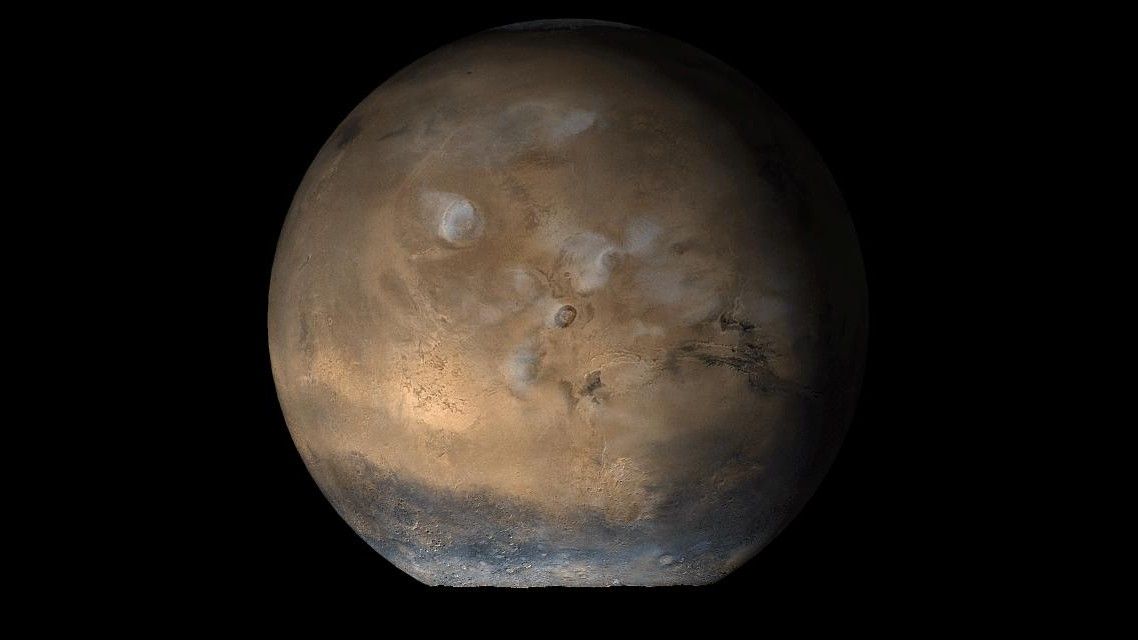
The destruction of a lunar sample gifted to Ireland during the Apollo era sheds light on the surprising vulnerability of these priceless artifacts. Newly released documents from Ireland’s National Archives reveal a compelling tale of neglect, mishap, and the uncertain fate of some of humanity’s most extraordinary relics.
Origins: Ireland’s First Lunar Gift
The Apollo 11 mission in 1969 marked humanity’s first steps on the Moon, yielding scientific samples that became symbols of triumph. A small portion of these samples was distributed globally by US President Richard Nixon as diplomatic gifts.
In 1970, one of these fragments—a speck of Moon rock encased in acrylic—was presented to Irish President Éamon de Valera by US Ambassador John DJ Moore. While the presentation carried significant diplomatic weight, the artifact itself found little practical purpose in Ireland.
Documents from the archives reveal that Irish officials were unsure how to treat the artifact, leading to its storage in a dusty government basement for three years. It wasn’t until 1973, when the US gifted Ireland a second lunar sample following the Apollo 17 mission, that the first rock gained public attention. Fearing diplomatic embarrassment, the Irish government decided to place the Apollo 11 sample on display at Dunsink Observatory, the headquarters of the Dublin Institute for Advanced Studies and the nation’s oldest observatory.
The Dunsink Fire and the Destruction of History
On October 3, 1977, a fire broke out at Dunsink Observatory, destroying a portion of the facility, including the Moon rock on display. The precise cause of the blaze remains unclear, but the loss of the artifact marked the abrupt end of its short and overlooked tenure in Ireland.
The destruction is confirmed in newly released documents, which note: “The first piece was destroyed during a fire at Dunsink on October 3, 1977.” The Apollo 17 sample, however, remains safe to this day.
Nasa’s Lost Treasures
Ireland’s lunar rock is far from the only sample to meet an unfortunate fate. An audit conducted by NASA in 2011 found that 517 astromaterials, including lunar samples, meteorites, and solar wind particles, were either lost or stolen between 1970 and 2010. These figures reflect a broader issue of mismanagement and weak oversight of artifacts loaned to institutions and researchers.
The missing items include fragments of Moon rock gifted during President Nixon’s global goodwill campaign. Between 1970 and 1973, Nixon distributed 270 Moon rocks to 135 countries and all 50 US states. Of these, an estimated 160 are currently unaccounted for.
The Global Mystery of Missing Moon Rocks
The disappearance of these Moon rocks forms a peculiar subchapter in the history of the Apollo program. In many cases, they were entrusted to authoritarian leaders, fragile governments, or institutions that did not fully appreciate their scientific and symbolic value.
Among the more notable cases:
- Romania: A Moon rock presented to Nicolae Ceaușescu, Romania’s communist dictator, vanished during the political upheaval that followed his execution in 1989.
- Libya: A sample gifted to Muammar Gaddafi disappeared after the fall of his regime in 2011.
- Honduras: A Moon rock was seized by US authorities in a sting operation after it was offered for sale on the black market for $5 million.
These examples illustrate how Moon rocks often became pawns in political and economic chaos, with some ending up in private hands or simply discarded.
The Scientific and Symbolic Legacy of Lunar Samples
Beyond their diplomatic significance, lunar samples are invaluable to science. Each piece holds data about the Moon’s origins, the early solar system, and the conditions that shaped Earth’s satellite. Their distribution reflected a spirit of shared human achievement, but their loss is a reminder of the fragility of cultural and scientific artifacts.
The disappearance and destruction of these samples highlights the need to preserve relics from future lunar missions as mankind gets ready for a new age of lunar exploration. Efforts by NASA and international organizations now focus on cataloging and protecting existing lunar samples, ensuring they are preserved for research and public appreciation.
Got a reaction? Share your thoughts in the comments
Enjoyed this article? Subscribe to our free newsletter for engaging stories, exclusive content, and the latest news.








Leave a Comment